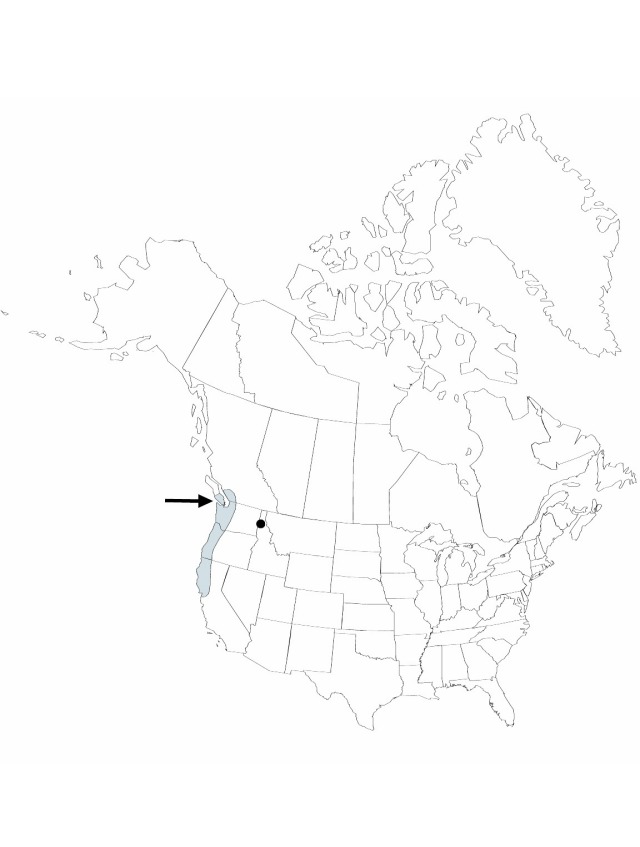Difference between revisions of "Juncus bolanderi"
2:436, 470. 1868.
FNA>Volume Importer |
FNA>Volume Importer |
||
| Line 48: | Line 48: | ||
|publication year=1868 | |publication year=1868 | ||
|special status= | |special status= | ||
| − | |source xml=https://jpend@bitbucket.org/aafc-mbb/fna-data-curation.git/src/ | + | |source xml=https://jpend@bitbucket.org/aafc-mbb/fna-data-curation.git/src/f6b125a955440c0872999024f038d74684f65921/coarse_grained_fna_xml/V22/V22_304.xml |
|genus=Juncus | |genus=Juncus | ||
|subgenus=Juncus subg. Septati | |subgenus=Juncus subg. Septati | ||
Revision as of 19:02, 24 September 2019
Herbs, perennial, not cespitose, rhizomatous, 2.5–8.5 dm. Rhizomes 2–3 mm, tuberous. Culms erect, terete, 1–3 mm diam., smooth. Cataphylls 1–2, straw-colored, apex acute. Leaves: basal 0–1, cauline 2–3, auricles 2–3 mm, apex acute, membranaceous; blade green to straw-colored, terete, 7–28 cm × 1–2 mm. Inflorescences terminal racemes of 1–8 heads or single head, 1–13 cm, branches ascending to spreading; primary bract erect; heads 40–70-flowered, spheric, 7–11 mm diam. Flowers: tepals dark reddish brown to light brown, lance-subulate, (2.6–)3–3.5(–4) mm, apex acuminate; stamens 3, anthers 1/4 filament length. Capsules equaling perianth or slightly included, chestnut brown, 1-locular, ellipsoid to oblong, 3–3.5 mm, apex acuminate, valves separating at dehiscence, fertile throughout or only proximal to middle. Seeds oblong, 0.4–0.5 mm, not tailed; body clear yellow-brown.
Phenology: Fruiting late spring–summer.
Habitat: Swamps, marshes, stream banks, beaches, roadside meadows, and other moist or wet areas
Elevation: 0–1000 m.
Distribution

B.C., Calif., Idaho, Oreg., Wash., nw Mexico.
Discussion
Selected References
None.